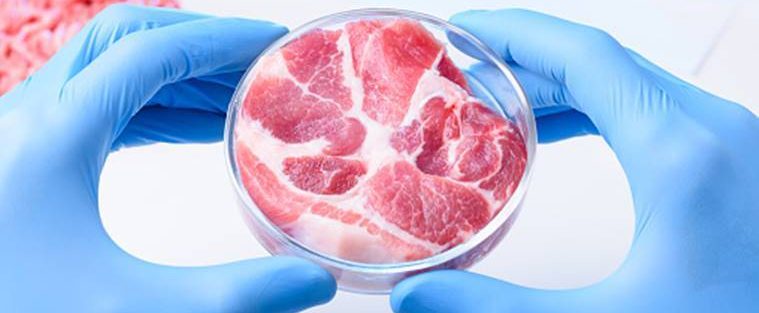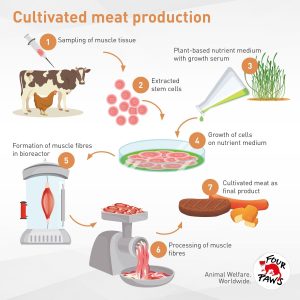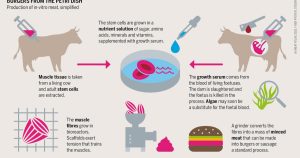( USA ) CBS News For thousands of years, humans have slaughtered animals for meat. But Dr. Uma Valeti dreamt of a different way: eating chicken without having to kill a chicken. He figured out how to “grow” meat directly from animal cells.
It’s completely different from the meat alternatives Beyond Meat or Impossible, which are made from plant-based ingredients, including vegetable proteins. “This is real meat, no compromise, made in front of you,” Valeti said.
His company, Upside Foods, just received clearance from the USDA to start selling their meat, made at a production center in Emeryville, California. Here, the chicken is grown in tanks. “We’ll be able to produce 50,000 to 75,000 pounds of meat every year, right away,” he said.
The process begins with animal cells that have been extracted from an egg or live chicken. The cells are frozen in tiny, thimble-size vials. “All the cells that make the cut of high-quality cells make it into this seed lab,” Valeti said. “And from that small amount, we can grow thousands of pounds of meat.”
Coaxing the cells to multiply and grow into meat is part alchemy. In his cultivator, a turbine mixes in all the food the cells need to grow: amino acids, fats, vitamins. “The idea really is when an animal is alive, there’s blood circulating, constantly something is moving around in the animal’s body, touching the cells and animal’s body. We’re just recreating that.”
Valeti said that in about 10 days, these cells have grown into chicken that’s ready to cook.

What was, until recently, considered science fiction, is now, said Valeti, “like a dream come true.”
Growing up in India, his big dream was to become a cardiologist, a dream he realized with the help of his parents. “They always knew my goal in life was to become a cardiologist,” he said. “And I only wanted to train at the Mayo Clinic. And I trained at the Mayo Clinic. It was not easy to get there. And it was a lot of work.”
Working with heart attack patients, his team set out to use stem cells to re-grow heart muscle. And he figured, why not grow animal meat in a similar way? He said, “I realized that we were raising 70 billion animals every year to feed about seven billion people. And when I looked at the environmental impact of that, it was an astronomical impact. And the amount of feed that goes to feed animals, to feed us, that equation just seemed wrong.”
Livestock is responsible for an estimated one-third of all human-caused methane emissions, a potent greenhouse gas. And so, though Valeti loved to eat meat, he had become a vegetarian. But the scientist in him saw a solution. And his father, a veterinarian who loved animals, was an early supporter.
It wasn’t just his dad who saw the opportunity; the very first venture capitalist that Valeti wrote to said yes. “I did not even know what a VC meant at that point!” Valeti said.







